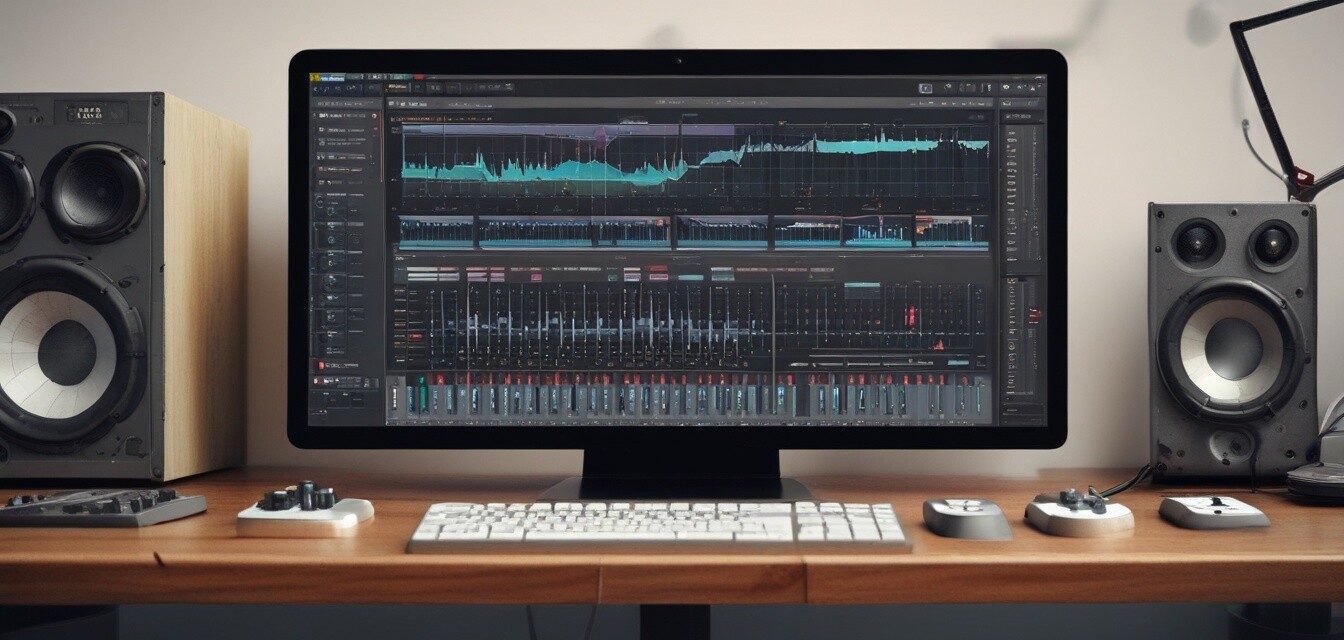
How to Mix and Master Your Own Music
Key Takeaways
- Understand the difference between mixing and mastering.
- Choose the right tools for mixing and mastering, including DAWs and plugins.
- Learn foundational techniques to balance levels and add effects.
- Master your tracks to ensure they sound good across various playback systems.
Mixing and mastering music is an essential process to ensure that your tracks sound polished and professional. Whether you're a budding musician or a producer, understanding the nuances of mixing and mastering can greatly enhance your sound quality and presentation. In this guide, we'll explore the tools, techniques, and best practices to help you mix and master your own music effectively.
Understanding Mixing and Mastering
Mixing and mastering are two distinct processes in music production, each with its unique objectives:
| Focus | Description |
|---|---|
| Mixing | The process of combining individual audio tracks into a final stereo mix. It includes balancing levels, panning instruments, and adding effects. |
| Mastering | The final step in audio production that prepares the mix for distribution. It involves optimizing overall sound and ensuring the track translates well to all playback systems. |
Essential Tools for Mixing and Mastering
To achieve professional sound, you'll need the right tools. Here's a list of essential items for your arsenal:
Recommended Tools
- Digital Audio Workstation (DAW): A software platform for recording, editing, and mixing audio.
- Audio Interface: Converts analog signals into digital data for your computer.
- Studio Monitors: Speakers designed for accurate sound reproduction.
- Headphones: High-quality headphones for detailed listening.
- Plugins: Software add-ons for effects and processing, including EQs, compressors, and reverb.
Mixing Techniques
Here are some foundational techniques to help you mix your music like a pro:
- Set Levels: Start by adjusting the volume levels for each track. Ensure vocals stand out over instruments without overpowering.
- Panning: Distribute sounds across the stereo field by panning tracks left or right. This creates space and clarity.
- Add Effects: Use EQ to carve out space for each instrument, compression to control dynamics, and reverb for spatial depth.
- Automation: Automate volume and effects changes throughout the song to keep the mix dynamic and engaging.
Mastering Techniques
Once your mix is ready, it’s time to master it. Follow these steps for effective mastering:
- Check Levels: Ensure the overall volume is loud enough without clipping. Aim for a well-balanced dynamic range.
- Use EQ: Make subtle adjustments to enhance clarity and brightness. Cut out any unnecessary low frequencies.
- Apply Compression: Use a master compressor to glue your mix together and control overall dynamics.
- Finalize Formats: Export the final master in various formats (WAV, MP3) to suit different platforms.
Common Mistakes to Avoid
As you embark on your mixing and mastering journey, be aware of these common pitfalls:
- Overusing effects can muddy your mix.
- Neglecting to reference your track against professional music can lead to a lack of perspective.
- Failing to take breaks may lead to ear fatigue and poor decision-making.
Pros
- Gives you complete control over your sound.
- Allows for a more personal touch to your music.
- Cost-effective compared to professional services.
Cons
- Can be time-consuming and complex for beginners.
- Requires investment in equipment and software.
- Learning curve can be steep without proper guidance.
Conclusion
Mixing and mastering your own music is a rewarding and empowering process. By understanding the tools, techniques, and common pitfalls, you can hone your skills and create professional-quality tracks. For more tips on how to make the most out of your electronic gadgets, check out our other how-to guides that provide expert insights into optimizing your equipment.
Further Resources
For additional information and resources, feel free to explore:
- Audio Gadgets for tools that enhance your mixing and mastering.
- Laptops & Computers that can handle demanding music software.
- Latest trends in music production for staying updated.
